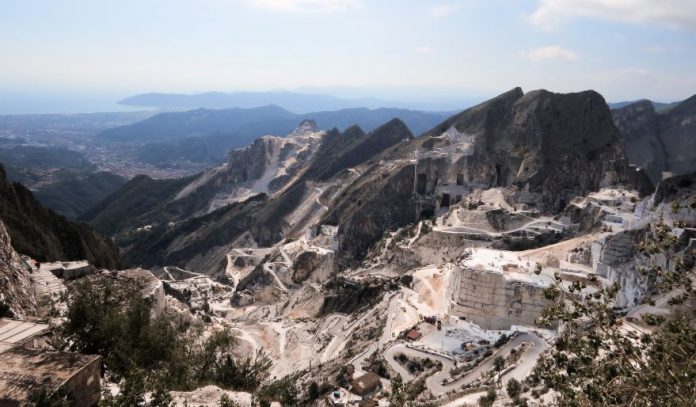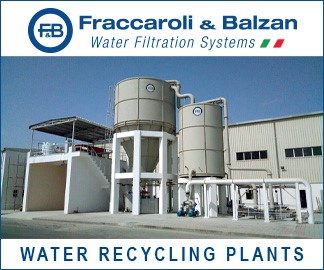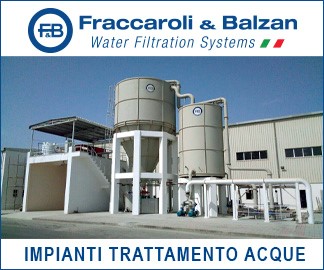The Apuan Alps, a unique mountain range in Tuscany, are globally renowned for their “white gold” — the famous Carrara marble. From antiquity to the present day, the extraction and processing of this exceptional material have played a key role not only in the local economy but also in the history of art and architecture worldwide.
Antiquity: From Roman Conquest to Imperial Constructions
The first historically documented use of Apuan marble dates back to 155 BC, when a monument was created in honor of the Roman consul Marcus Marcellus, who defeated the Ligurian-Apuan tribes. The marble used for this gravestone came from the Polvaccio area near the Torano basin, part of the Carrione Valley, which also includes the Miseglia and Colonnata basins.
Marble quarrying quickly became an established practice during Roman times. Pliny the Elder, in his Naturalis Historia, mentions that Mamurra, engineer under Julius Caesar, was among the first to promote the beauty of Luni marble. The geographer Strabo confirms that after 48 BC, many of Rome’s greatest buildings were constructed with this marble: the Pantheon, the Pyramid of Cestius, the Porticus Octavia, the Temple of Apollo Palatinus, the Temple of Concord, the Arch of Claudius, Trajan’s Forum, Trajan’s Column, the Temple of Jupiter, the Arch of Domitian, and the bridge over the Volturno.
Middle Ages and Renaissance: A Cultural and Artistic Renaissance
Carrara marble’s reputation had already crossed Italian borders by the Middle Ages. In Tuscany, it adorned some of the most important Christian buildings, including the Baptistery of Florence, the Cathedral of Santa Maria del Fiore, Giotto’s Campanile, the churches of Santa Croce and Santa Maria Novella in Florence, the Collegiate Church of Empoli, and the Cathedrals and Baptisteries of Pisa and Siena.
Carrara itself began building its own cathedral shortly after the year 1000, blending Lombard and Tuscan architectural elements, crowned with a magnificent rose window of exquisite craftsmanship. Renowned artists such as Nicola Pisano and later Michelangelo visited the quarries to select their marble — Michelangelo’s connection to Carrara is so strong that guidebooks often dedicate entire chapters to his visits.
From Tradition to the Industrial Revolution
Until the 16th century, quarrying methods remained largely unchanged from Roman times, relying on natural fracturing techniques to separate marble blocks. A major breakthrough came in 1570 with the first use of gunpowder in the Carrara quarries. The innovation so thrilled Marquis Alberico I Cybo-Malaspina that he minted a commemorative coin. Although faster and more cost-effective, the use of explosives caused long-term cracks and significantly increased material waste.
By the late 19th century, the introduction of the helicoidal wire revolutionized the industry. This new technique minimized breakage, reduced waste, and improved the squaring of blocks. In the 1970s, diamond wire became the next major advancement, further refining the extraction process.
Modern Technology and Sustainability
Today, marble quarrying is a fully mechanized operation. State-of-the-art equipment — including diamond single-blade gang saws, mechanical shovels, multipurpose machines, and drilling rigs — have greatly reduced the need for manual labor and dramatically improved productivity. The adoption of electricity in 1910 paved the way for increasingly automated systems, replacing manual carts with electric hoists and rail transport.
In recent years, the industry has also placed growing emphasis on environmental protection and sustainability, leading to practices that are more respectful of the landscape and more efficient in material usage.
The history of Apuan marble is more than a story of a construction material — it’s a chronicle of civilization, artistry, and technological progress. From ancient Rome to the modern world, this iconic marble continues to symbolize perfection, luxury, and timeless beauty.





































